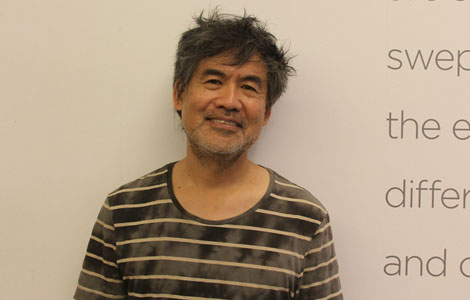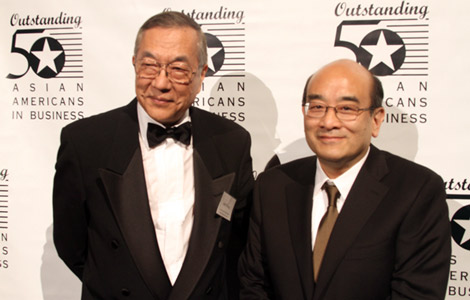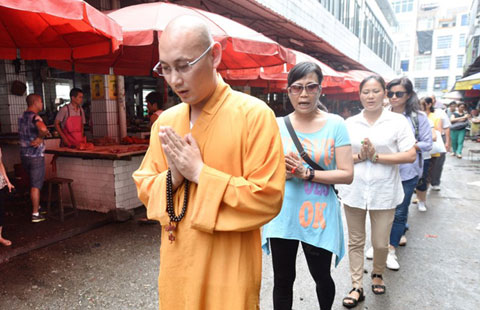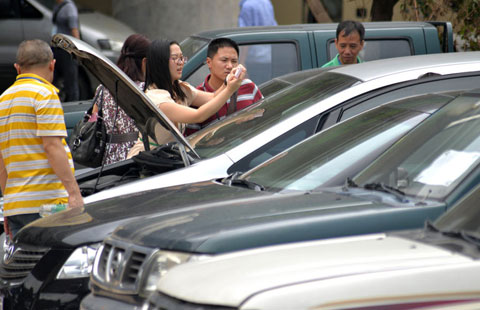Human rights museum to feature displays on atrocities against Chinese
Updated: 2014-06-06 05:47
By Paul Welitzkin in New York (China Daily Canada)
|
||||||||
 |
|
The Canadian Museum for Human Rights will display an exhibit on the Comfort Women of World War II. PROVIDED TO CHINA DAILY |
The Canadian Museum for Human Rights, which is scheduled to open in September, will feature interactive displays on notorious cases of human rights abuse involving Chinese: the Nanking massacre, “Comfort Women’’ and Canada’s head tax.
The museum’s Breaking the Silence gallery looks at atrocities committed against China during World War II, including the Nanking massacre, and the “Comfort Women’’, thousands of girls and women from China, Korea the Philippines and other occupied areas who were forced into sexual slavery by the Japanese Imperial Army. The interactive program will include interviews with some victims.
The Canadian Journey gallery will have a display on the head tax, a fee imposed on each Chinese person entering Canada from the late 1880s until 1923.
The $351 million museum (www.humanrightsmuseum.ca) in Winnipeg, Manitoba, Canada, will be the first in the world devoted to the evolution, celebration and awareness of human rights, and members of Canada's Chinese community said they are determined to play a major role in the museum’s fundraising and startup.
"The Chinese community has been involved in the struggle for human rights in Canada since 1858," said Dr. Vivienne Poy, who is leading the Chinese Canadian Community Campaign to raise funds for the museum. Poy's group has raised $1.55 million and needs to raise another $300,000 by the end of this month to receive a special plaque that acknowledges the Chinese community's efforts on behalf of the museum.
“The Breaking the Silence theme is important," said Poy. "It's time all Chinese Canadians reflect on these events so we can understand how and why we have come so far in human rights. And it also means that we must continue to safeguard these triumphs not just for the Chinese but for all Canadians."
The museum will be the country's first national museum that isn't within the capital area of Ottawa, Ontario.
The museum’s interactive program will include interviews with Comfort Women victims. It will utilize digital interaction, images, film and performances to stimulate reflection and conversation on human rights in Canada and all over the world.
"The goal is to get everyone to discuss human rights and relate to them in a way that is personal while creating a sharing experience," Poy said. “It will also serve as an educational resource with the ability to have these materials accessed all over the world."
In a speech last June, Stuart Murray, the president and CEO of the museum, noted that the museum is “the first cultural organization of its kind to be built in the digital age’’, and that the digital, interactive technologies in the museum have only one purpose: “… to make our subject matter more engaging, more relevant, more accessible and ultimately more human’’.
Chinese immigrants first entered Canada in the late 1850s to work on the Canadian Pacific Railway. The head tax was implemented after the Canadian Parliament passed the Chinese Immigration Act of 1885. The tax was eliminated by the Chinese Immigration Act of 1923, which limited Chinese immigration to certain groups such as the clergy, educators and students.
There are about 1.5 million Chinese nationals living in Canada with the majority in the Toronto and Vancouver metropolitan areas.
Canada’s first national museum that isn’t within the capital area of Ottawa, Ontario, was designed by world-renowned architect Antoine Predock. Private contributions totaling nearly $150 million will provide for the majority of the cost. The Canadian government has allocated about $100 million while the province of Manitoba has contributed $40 million. Other funding has come from the city of Winnipeg.
To contribute to the Chinese Community Campaign for the CMHR, visit the group's web site: www.chineseforcmhr.com.
paulwelitzkin@chinadailyusa.com

 Xunlei goes public on the NASDAQ
Xunlei goes public on the NASDAQ
 Beijing, Boston are just 13 hours apart
Beijing, Boston are just 13 hours apart
 Stable reform expands US-China relations
Stable reform expands US-China relations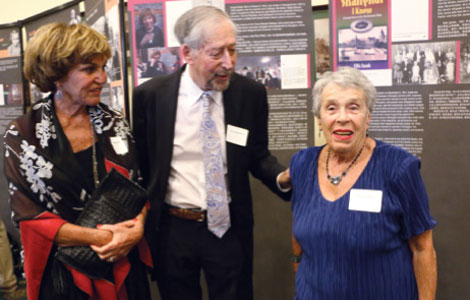
 Shanghai's Jews focus of DC show
Shanghai's Jews focus of DC show
 Fosun invests in studio to get Hollywood's know-how
Fosun invests in studio to get Hollywood's know-how
 Soldier's struggles inspire birth of an opera
Soldier's struggles inspire birth of an opera
 UN list adds Silk Road, Grand Canal
UN list adds Silk Road, Grand Canal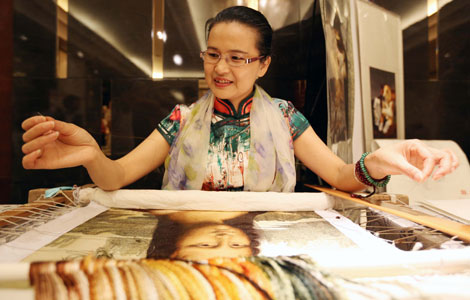
 Top Chinese artists featured on Mall
Top Chinese artists featured on Mall
Most Viewed
Editor's Picks

|

|

|

|
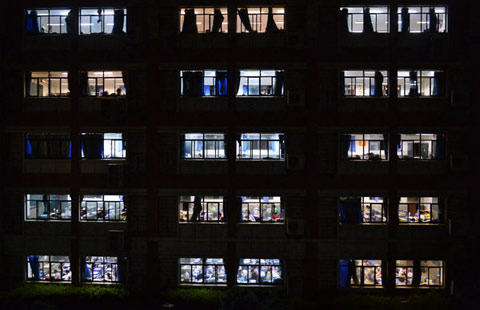
|
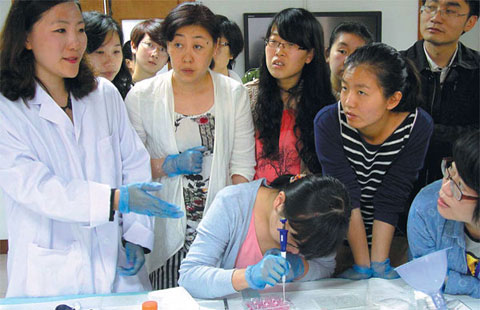
|
Today's Top News
Hundreds held in Xinjiang terror blitz
Putin, Obama discuss Ukraine crisis over phone
Factory output estimate indicates stability
US-China ties get a boost from grassroots
US, not China, key to Peninsula issue
Crackdown urged on Web terror content
Guinness record for plank
Criticism by ex-US official dismissed
US Weekly

|

|
